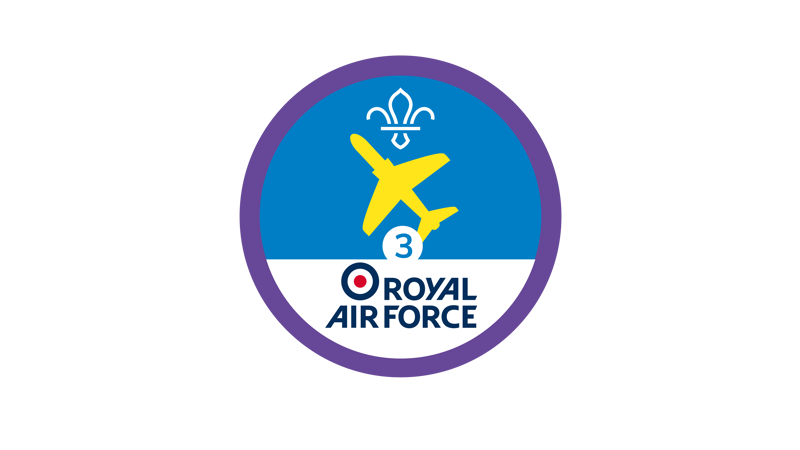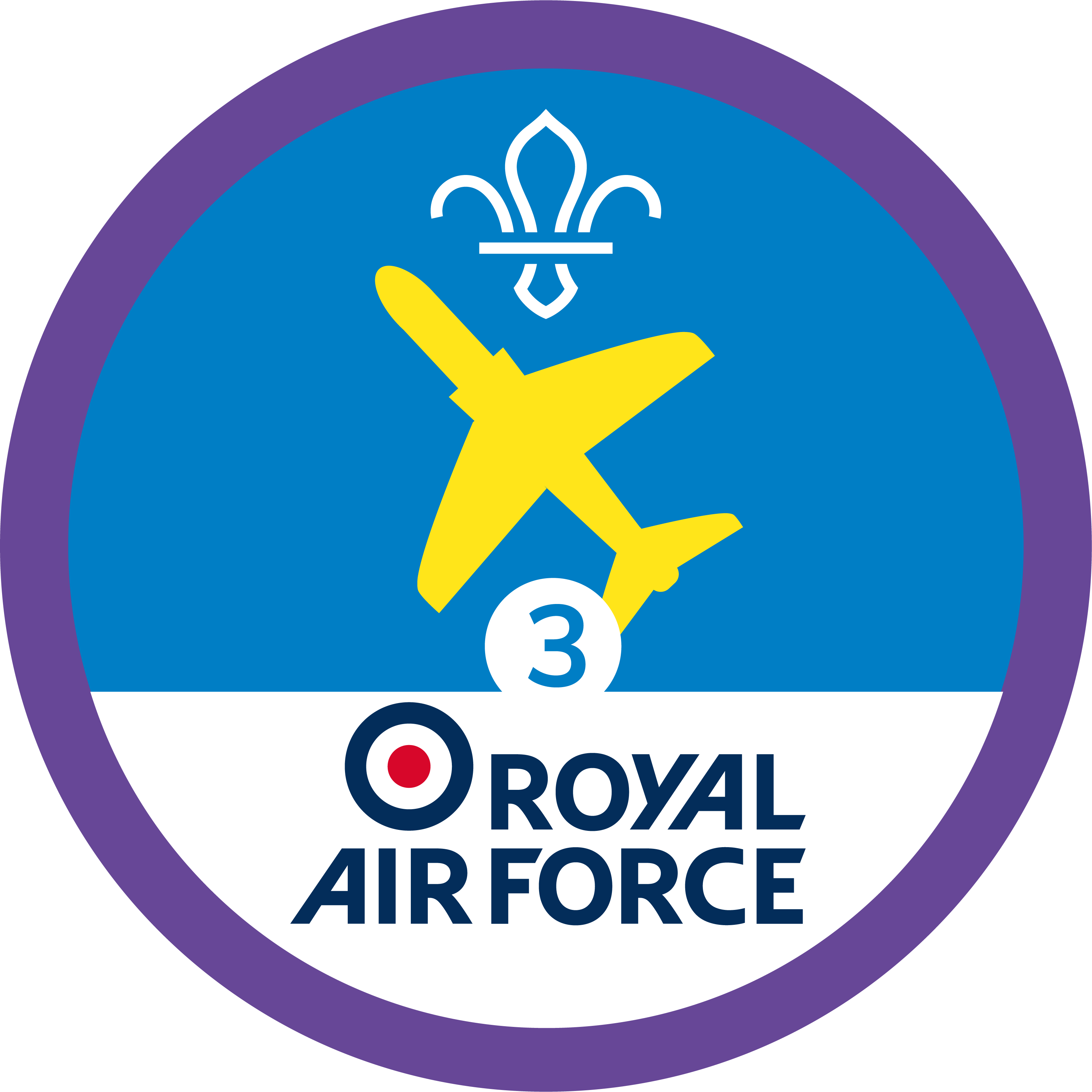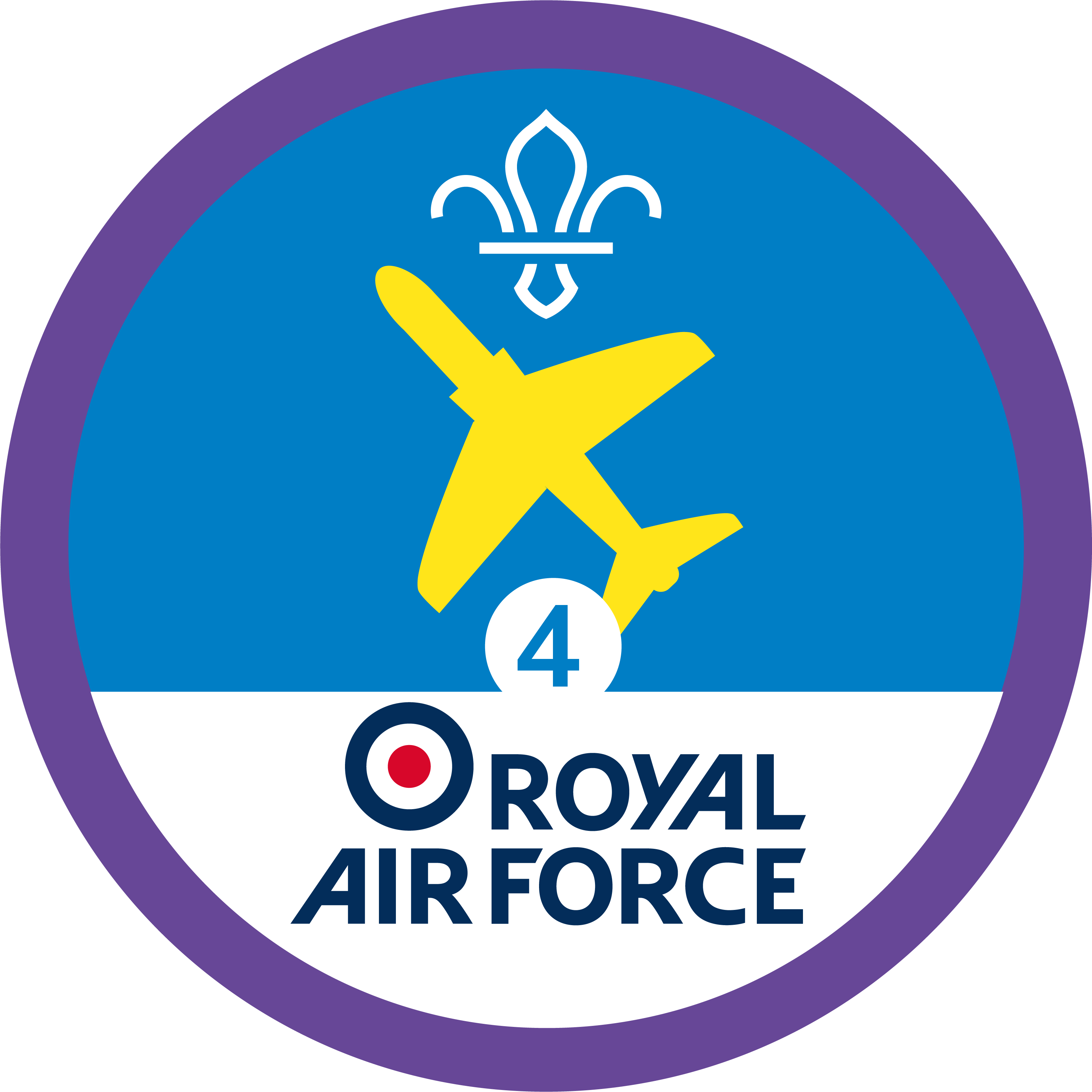
Mappleships
You’ll need
- Pens or pencils
- 1:50000 or 1:25000 OS maps
Before you begin
- Print out the ‘Map and features’ sheet. This has been designed to work on A4 paper.
Play mappleships
- The person leading the activity should give each person a ‘Map and features’ sheet.
- Everyone should draw one of each map feature onto their map – they should pay attention to how many squares it should take up. They only need to draw a two square lake for the ‘Features’ section, they don’t need to worry about the other things listed.
- Everyone should split into pairs.
- The first player in each pair should guess a square. Their opponent should tell them whether there’s anything in that square and if any of the feature’s not been found yet. The player should keep track of the answer, for example, using another coloured pen or cutting out the map features and placing them on the map.
- The second player should guess a square. Their opponent should tell them whether there’s anything in that square and if any of the feature’s not been found yet. Again, the second player should find a way to keep track of the answer.
- Players should keep taking it in turns until one person finds all of their opponent’s features.
Chat about maps
- The person leading the activity should show everyone some maps.
- Everyone should point out which features a hiker would look out for and use.
- Everyone should point out which features a driver would look out for and use.
- Maps for pilots are called aeronautical charts. Everyone should point out what things a pilot might need to pay attention to. It might help to know that some of these things are less important to drivers.
Reflection
This activity was all about the skills people use to read maps. Map reading’s useful for anyone who’s interested in planes. When else might people use map reading skills? What features are likely to be on a map of the local area? Would any of these features be useful for pilots?
This activity also needed people to communicate. Depending on how they played, people may have communicated with a teammate, or just with their opponent. In the activity, everyone had information that their opponent didn’t have. This is true of a lot of communication, but it’s not always so easy to notice. If people had teammates, was it easy to agree on a tactic or idea before sharing it with the opponent? If they did this activity again, would people rather work on their own or with a small team?
Safety
All activities must be safely managed. You must complete a thorough risk assessment and take appropriate steps to reduce risk. Use the safety checklist to help you plan and risk assess your activity. Always get approval for the activity, and have suitable supervision and an InTouch process.
- Hiking and walking
Follow the guidance for activities in Terrain Zero, or the guidance for each the adventurous activity.
- Outdoor activities
You must have permission to use the location. Always check the weather forecast, and inform parents and carers of any change in venue.
Why not try playing in pairs or three? Adding elements of cooperation and discussion to this activity give it a teamwork twist.
- If anyone needs the ‘Map and features’ sheet to be bigger, you should be able to resize it with a photocopier.
- ‘Chat about maps’ is an important part of this activity for anyone who’s working towards badge requirements. People could chat in smaller groups or write down their answers if some people find it trickier to be part of a big group discussion.
All Scout activities should be inclusive and accessible.
This badge requirement is perfect for a journey or hike – there’s nothing quite like practical map reading experience. The Scouts Orienteer Activity Badge has plenty of activities about map reading when orienteering – they’re a great way to practise the skills people learn in this activity.

